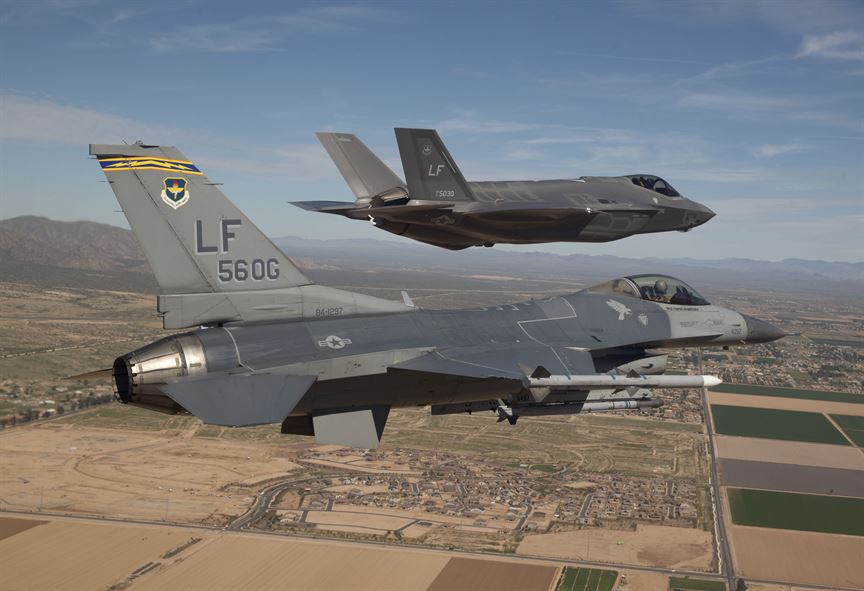The establishment of a second F-35 stealth fighters squadron was approved by the Israeli government earlier this week, after a two-year long process.
In addition, the government approved the acquisition of precision-guided munitions.
The first of the 14 stealth fighters of the second squadron are scheduled to land in Israel in 2019 and will join the 19 JSFs of the first squadron which will be operational by then. In 2017, the purchase of 17 additional jets will also be considered.
The approval is the result of a long process managed by the IAF Headquarters, Materiel Division and the Planning Directorate and reflects the government’s will to strengthen the IAF and ensure state security for decades ahead. The transaction also includes the development of Israel-specific configuration for 31 JSFs, including spare parts and infrastructure.
The F-35 is a stealth multi role fighter designed by the American Lockheed Martin and considered the most advanced of its kind. This is the first fifth generation aircraft to be integrated in the IAF.
The first acquisition, which included 20 JSFs, was approved in September 2010 and thereupon the IAF began preparing and building the infrastructure for the long-awaited delivery. In April 2013 the F-35 got its Hebrew name – “Adir” (Hebrew for Mighty).
Joint Strike Fighter
The JSF project began with an agreement signed between the U.S and Britain in January of 1986. The goal of the project was to examine alternatives to a fighter jet with VTOL (Vertical Takeoff and Landing) capabilities. Later, the American Navy and Marine Corps, the main purchasers of the new fighter-jet, were required to define their common operational and technical needs for the jet.
A major turning point occurred in 1994, when the Pentagon decided to consolidate two fighter jet development projects and actually created the JSF (Joint Strike Fighter) Project. The goal of the project was to develop three models of the advanced fighter jet.
The first model, which was of the conventional configuration, was designed for the United States Air Force. The second model was designed for taking off from Navy aircraft carriers and the third model was a version that included vertical takeoff and landing for the United States Marine Corps and the British Royal Navy.
Stealth and Sophisticated
The F-35 is a multi-role fighter that boasts great versatility and should excel at attacking ground targets during the day, at night and under all weather conditions. Additionally, the F-35 should demonstrate quality of performance during air battles, both short range and at ranges beyond the line of sight.
How does the F-35, which is defined as “fifth generation” fighter, represent a quantum leap relative to the F-16 fighters, which are defined as the “fourth generation”? The biggest differences are in two main areas.
The first of which is the field of stealth technology: for the first time, a large part of the US Air Force will be based on aircraft with low RCS (radar cross section). Until today, this capability was restricted to very expensive planes such as the B-2 and the F-117, which were purchased in small numbers.
The F-35 is equipped with the most advanced stealth technology that does not require expensive maintenance like the stealth technology of previous generations.
A Leap forward in the field of Avionics
The next step for the F-35 is in the field of Avionics. The F-35 will be equipped with a wide sensors system that includes advanced radar, an infrared-detection system and active electronic warfare systems.
While the “fourth generation” fighter jets and some of the “fourth-and-a-half generation” fighter jets have removable systems, in the F-35 the systems are an integral part of the jet.
These advanced systems enable the pilot to integrate data that is received from them. The result is clear, precise picture of the battlefield in real time. The integration of data lightens the pilot’s workload and provides him with better flight orientation.










